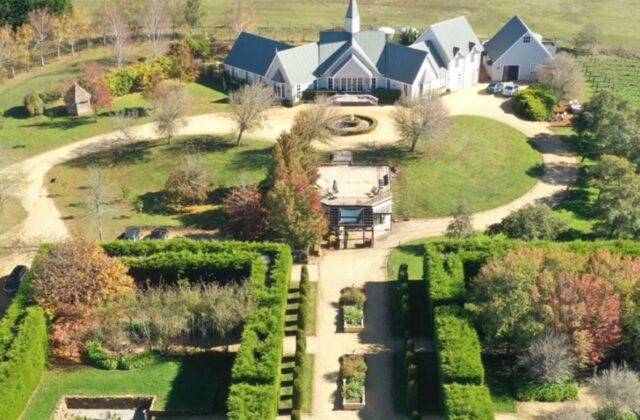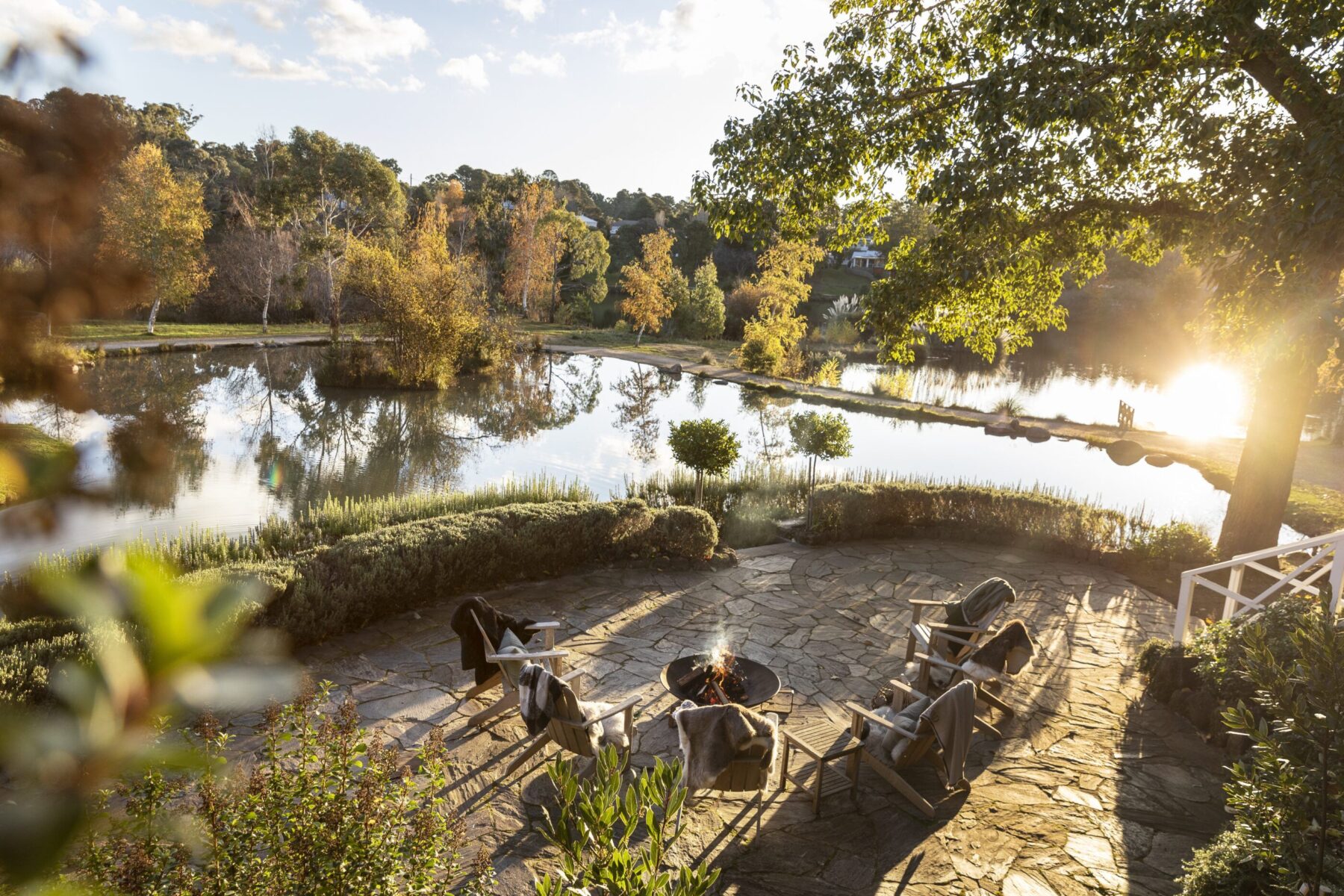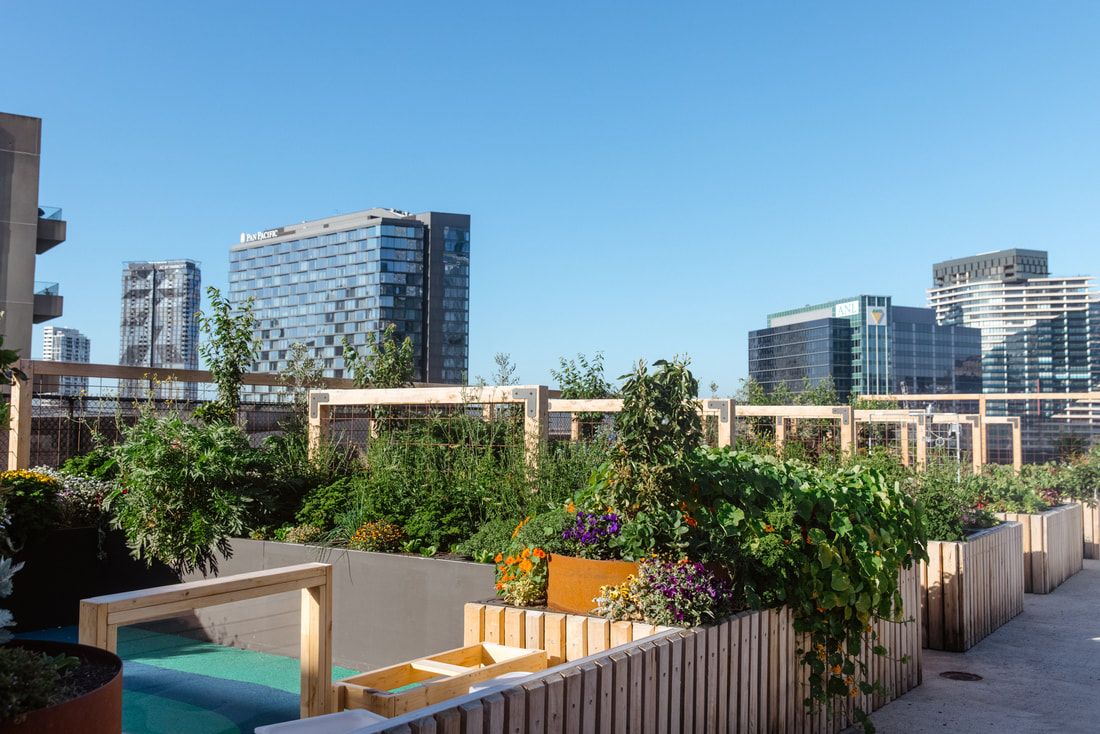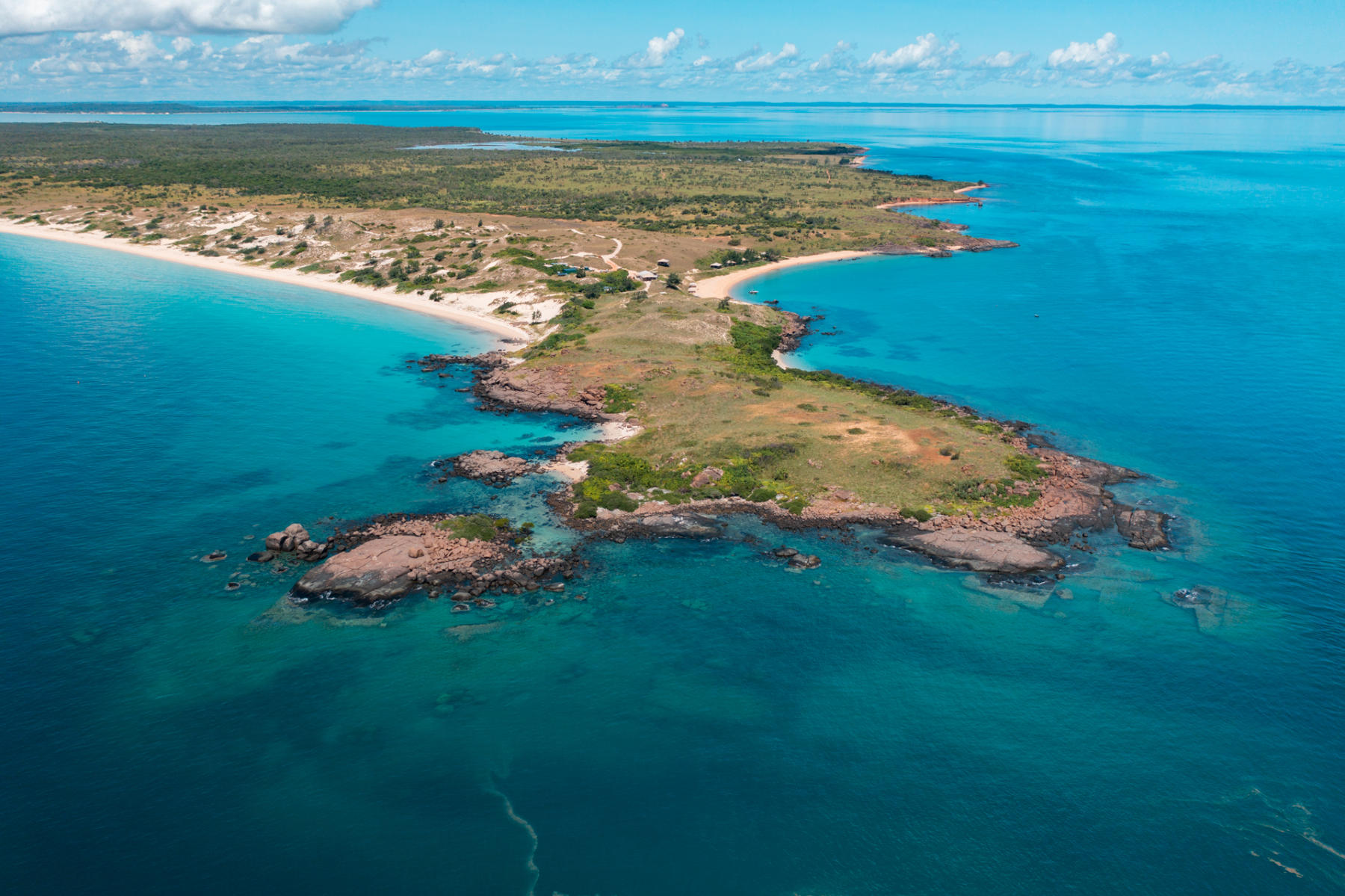How to Experience the Ultimate Farm-to-Table Meal in Australia this Season

Hands-on dining experiences are extremely popular in Australia. In the Land Down Under you can not only experience the freshly prepared food, but also learn about the rich history or even harvest your own meal. As spring has sprung in the states, fall harvest season has begun in Australia. Here are some experiences in Australia that are closing the gap between where our food come from and where we experience this season:

- Lake House at Dairy Flat Farm – Located on an easterly facing slope of 38 lush acres of magnificent red volcanic soil, this sustainable growing farm and hotel are dedicated to regenerative agricultural practices – productive vegetable, herb and cut flower gardens, a 300-tree orchard, 250-tree olive grove and 2.5-acre vineyard planted with Chardonnay and Pinot Noir. The farm inspires and provides much that is on the menu at its acclaimed restaurant, as well as inspiring (and feeding) the local community.

- Melbourne Skyfarm – A collaboration between Melbourne-based sustainability companies, Melbourne Skyfarm is an environmental oasis located on the top level of a parking garage. This converted rooftop farm is an exemplary illustration of holistic sustainable practices, where the project will not only produce a farm but host workshops, tours and a cafe onsite. Additionally, Melbourne Skyfarm hospitality features will uphold intentional sustainable structures such as low-waste techniques and native ingredients and local produce from the Greater Melbourne and Victorian regions.

- Banubanu Beach Resort – Banubanu is an eco-sensitive beach retreat built in partnership with the Yolngu people to ensure guests experience and appreciate the natural wonders and the culture of East Arnhem Land in this tranquil location. Banubanu offers visitors a connection with Aboriginal Australia unlike anywhere else. Proud Arrernte woman Helen Martin, the managing director and co-founder of Banubanu Beach retreat, ensures that locally harvested bush foods are used in the restaurant’s menu, such as “pigface,” a succulent plant which grows freely on coastal sand dunes. Guests are also served breakfasts, lunches and dinners crafted from their seasonal vegetable and herb garden served with locally caught seafood, along with homemade preserves and Banu bread prepared on the island. Running 100% on solar power, with no telephones, televisions, radios or air conditioning, the simple facilities ensure that guests can fully appreciate beach living and being close to nature.
If you want to learn more about sustainable food and wine experiences in Australia, including lo-fi wineries and restaurants with sustainable practices, please follow this link
 Travel Dreams Magazine
Travel Dreams Magazine